A look at how Liverpool Football Club better needs to define its ‘story’ to improve PR and Communications: and some context to why Ian Ayre needs to be cut some slack as he adapts to higher profile.

Good Public Relations and Communications are really about good storytelling. How successfully a business translates its strategy and direction into a story will often define how well they communicate with stakeholders.
It is widely accepted that Liverpool Football Club have been poor communicators in recent years, stumbling from one PR gaffe to another, almost to the point where the leaders at the club don’t look to have a coherent idea of what the story is.
Whilst I am sure that isn’t the case; there has been further evidence in recent weeks to suggest that Liverpool needs to better define its organisational narrative so that everybody within the club is ‘on the same page’ when talking about its future: and to give the spokespeople within the club clear and concise messaging that is all aligned to a common vision and objective. At present, that isn’t happening: and that is the reason why our PR and Communications is so disjointed.
The latest in a series of disjointed messaging was apparent at the unveiling of Brendan Rodgers; with the club releasing a statement that was in direct conflict with Rodgers view:
Liverpool statement:
At Liverpool, Rodgers’ primary focus will be the first team but he’ll also work extensively in collaboration with the new football operations structure as the team adheres to the continental football Sporting Director model. Further details on this structure will be provided in due course.
Rodgers understanding:
One of the items I brought up when I was speaking to the club was that I wouldn’t directly work with a director of football. I feel that if you are going to do that as a club you have to do that first. That was my recommendation. If you want to have a sporting director, get him in and then you can pick your manager from there but if you do I won’t be the manager.
 However the new footballing structure finally falls; the narrative and rhetoric on structure should have been totally aligned before presenting Rodgers to the media. Journalists will always be looking for an angle on where to draw conclusions: and any narrative that suggests anything other than total unity will be filed and tucked away for future reference.
However the new footballing structure finally falls; the narrative and rhetoric on structure should have been totally aligned before presenting Rodgers to the media. Journalists will always be looking for an angle on where to draw conclusions: and any narrative that suggests anything other than total unity will be filed and tucked away for future reference.
The club maintained a dignified silence during the search for a new manager; going back to the philosophy of the ‘Liverpool Way’, doing things behind closed doors. The issue with silence is that the likes of Dave Whelan begin to set the news agenda: fuelling the speculation and acting as a quasi club spokesman: the unprofessional actions of Whelan were rightly condemned in the public domain by Ian Ayre; albeit his choice of words and analogy could have been better.
What the club did well during the new manager search was to set the scene for the future; Ayre took on the role as Leader, a very deliberate act that suggests the PR team are looking to raise his profile. They also used an interview with John Barnes to give the plans credibility and give more context behind the idea from a ‘football perspective’.
The issue that the club now faces is that with the appointment of Rodgers there has been a u-turn on how the ‘grand plan’ has been presented. Fenway Sports Group has been committed to the Sporting Director model: it is the ideological structure they want in place. Most organisations will find the right candidates to fit into the vision they have: not vice versa. I still expect a senior appointment on the football side at Liverpool; but given Rodgers very clear rhetoric FSG face a challenge in how that is positioned.
Spokespeople
There has been a lot of criticism of Ian Ayre for his recent media exposure. A lot of that criticism has been unfair; he is not a natural communicator and often appears uncomfortable in front of the cameras. A stronger communicator will perhaps have stepped in when Rodgers was addressing the structure question at the Press Conference: instead Ayre and Werner shifted uncomfortably whilst Rodgers took the lead.
Ayre has been trying to give some context behind the clubs direction: but it is obviously a fluid strategy that is evolving. That can sometimes mean he comes across as evasive and slippery, when in fact, it could just be, he doesn’t actually know the answers yet.
The two natural spokespeople from within the club are Rodgers and Ayre. Rodgers will take the lead on day to day football matters: but Ayre is the man leading the club, he has to build a credible voice. There was a huge amount of criticism for Ayre over the Suarez row, rightly so. He should have taken the lead; it was left to be dealt with as a ‘footballing’ matter, not a reputational one for far too long.
That will have been recognised, and the recent exposure of Ayre will have the objective of building his profile and credibility as a Leader. He still has a lot to learn; but the club are trying to improve the way they communicate, it will not happen overnight, so I think Ayre needs to be cut some slack as he tries to grow into a different, more public facing kind of role.
I have said previously that to give messages credibility a good PR trick to use is to deliver them through key influencers that sit outside of the organisation. There was evidence of this happening with the recent Barnes interview.
The Liverpool Journey
There are communications principles to every single business; and Liverpool Football Club is no different. It is FSGs job with Ayre to set direction and strategy; and generally speaking that translates into a 3-5 year plan with short, medium and long term objectives. Once you have defined your strategy, you need to ‘sell it’ in to your stakeholders, so in Liverpool’s case its employees, supporters and the media.
It is essential people ‘buy in’ to your journey as a united view is the foundation to a strong and successful business and football club. Also, given that the media form public opinion, they are also a key stakeholder to influence. It is important that you set the news agenda and use the media as a channel to deliver your messages; rather than make enemies of them and have to fight against negative perceptions.
The way in which you pitch strategy is as a journey: you develop your narrative or story based on where you want to go. That acts as the basis of how you communicate and engage stakeholders. That is where Liverpool has failed: it doesn’t yet have a clear story to tell. There are too many variables; I expect that Jen Chang will be looking to define what the story looks like when he starts at the club. I then expect to see a huge improvement across all aspects of the clubs PR and communications output.
Understanding the unique cultural complexities of Liverpool FC are also key to getting the ‘story’ right.


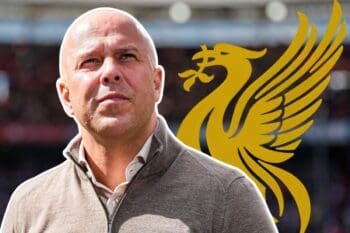


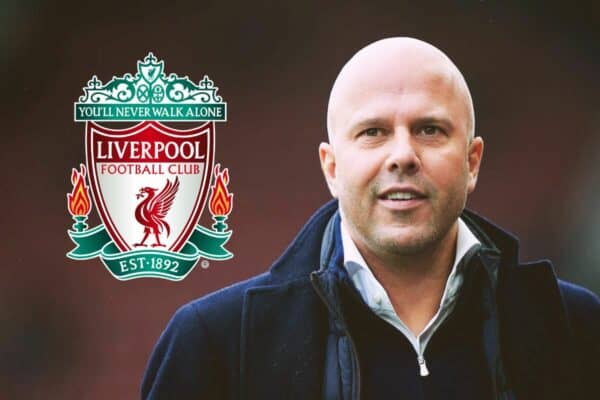

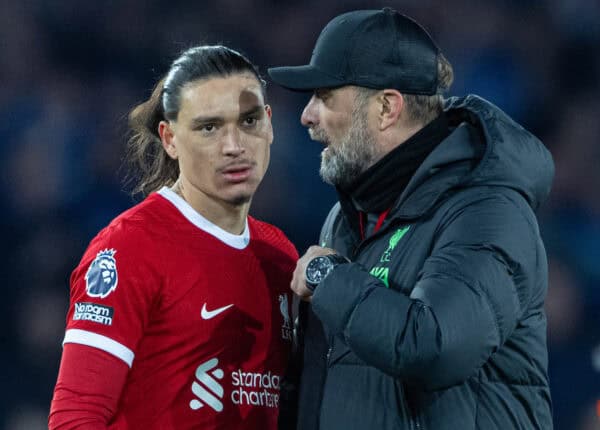
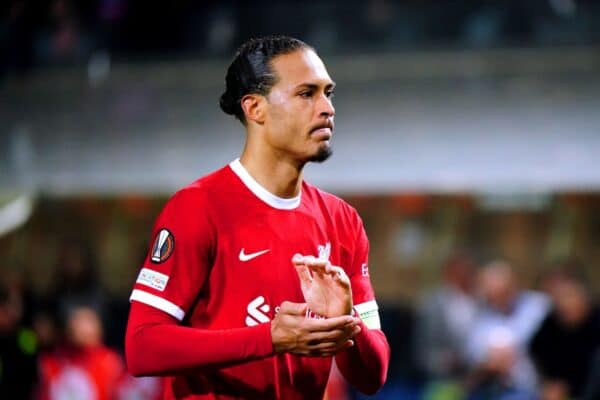
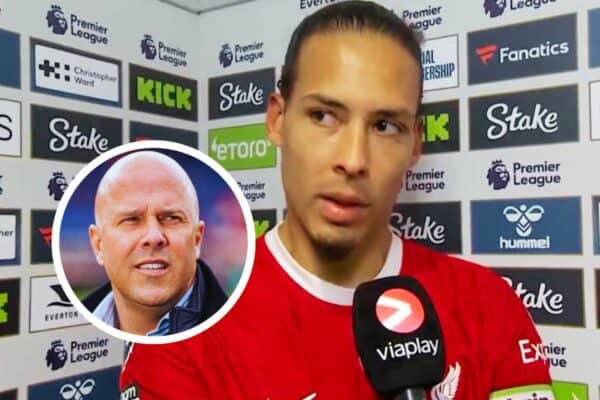
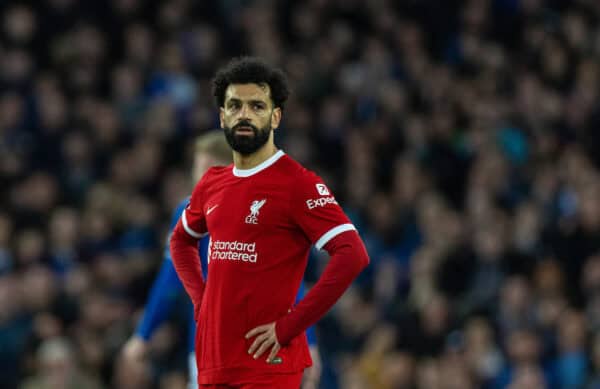
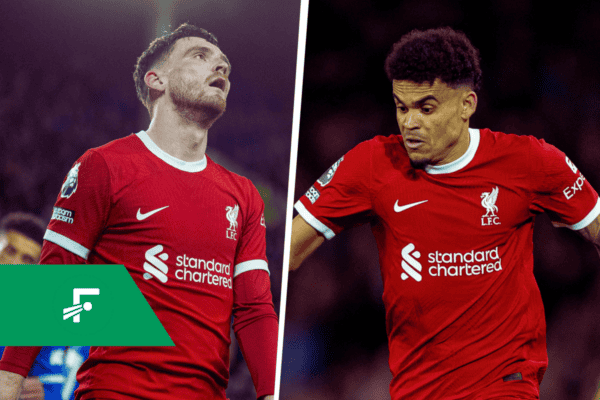
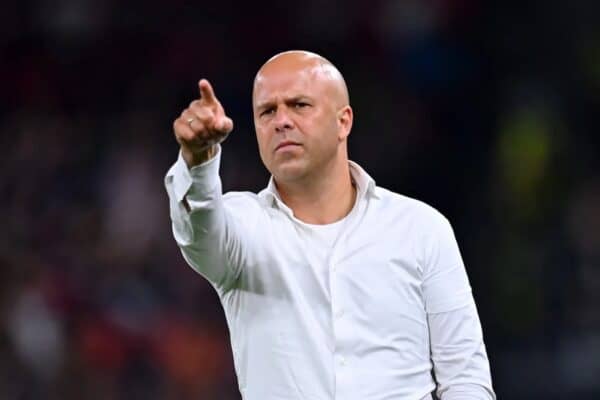

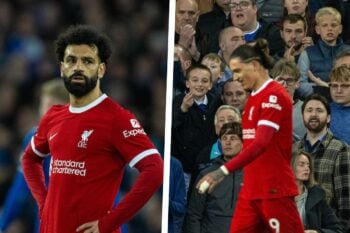
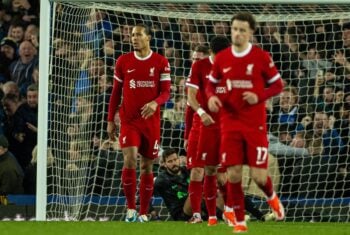
Fan Comments